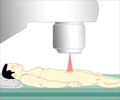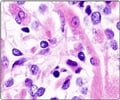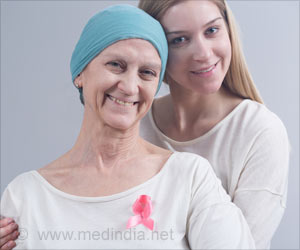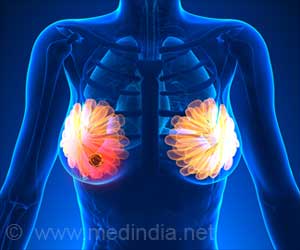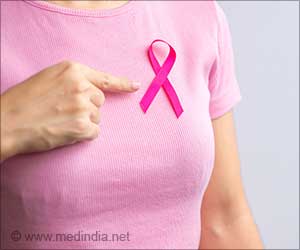An investment of $97-184 billion could make radiotherapy accessible to most people who need it by 2035 and save the lives of more than 12 million patients.

Author Rifat Atun from Harvard University in Boston said, "There is a widespread misconception that the costs of providing radiotherapy put it beyond the reach of all but the richest countries. Nothing could be further from the truth. Our work clearly shows that not only can this essential service be deployed safely and high quality treatment delivered in low- and middle-income countries, but that scale-up of radiotherapy capacity is a feasible and highly cost-effective investment."
A press statement said, "The situation is worst in poor countries, where up to nine out of 10 people have no access to radiotherapy. In many countries in Africa it is virtually non-existent, and 40 countries have no radiotherapy facilities at all. Even in high-income countries like Canada, Australia and the UK, numbers of radiotherapy facilities, equipment and trained staff are inadequate."
The UN's World Health Organization suggested that there were about 14 million new cancer cases in 2012, and 8.2 million deaths. This figure is likely to rise to 22 million new cases per year within two decades.
The study is published in The Lancet Oncology and was presented at the 2015 European Cancer Congress in Vienna.
Source-AFP
 MEDINDIA
MEDINDIA




 Email
Email



